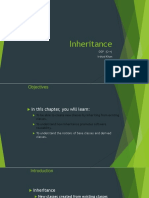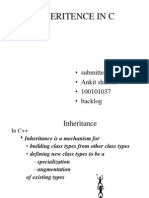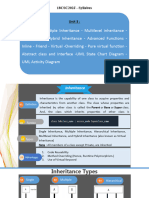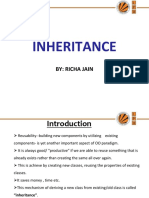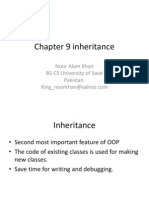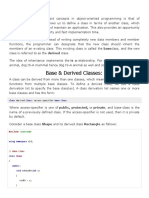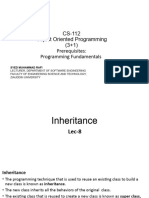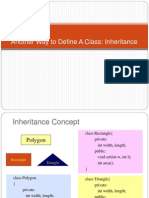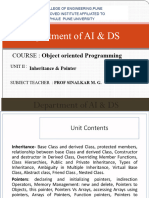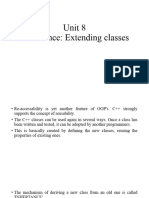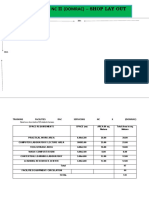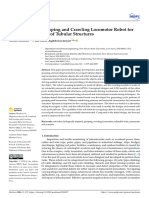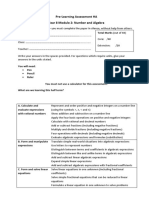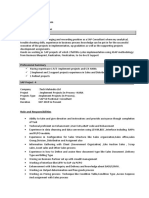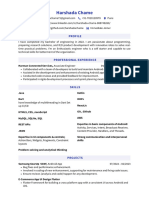0% found this document useful (0 votes)
12 views24 pagesLecture 11 OOP Inheritance
The document provides an overview of inheritance in object-oriented programming, explaining its significance for code reuse and class hierarchy creation. It details the relationships between base and derived classes, access specifications, and the behavior of constructors and destructors. Additionally, it covers multiple inheritance and the implications of access specifiers in derived classes.
Uploaded by
anisurrahmanshemul800Copyright
© © All Rights Reserved
We take content rights seriously. If you suspect this is your content, claim it here.
Available Formats
Download as PPTX, PDF, TXT or read online on Scribd
0% found this document useful (0 votes)
12 views24 pagesLecture 11 OOP Inheritance
The document provides an overview of inheritance in object-oriented programming, explaining its significance for code reuse and class hierarchy creation. It details the relationships between base and derived classes, access specifications, and the behavior of constructors and destructors. Additionally, it covers multiple inheritance and the implications of access specifiers in derived classes.
Uploaded by
anisurrahmanshemul800Copyright
© © All Rights Reserved
We take content rights seriously. If you suspect this is your content, claim it here.
Available Formats
Download as PPTX, PDF, TXT or read online on Scribd
/ 24

